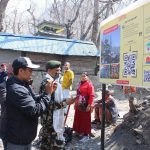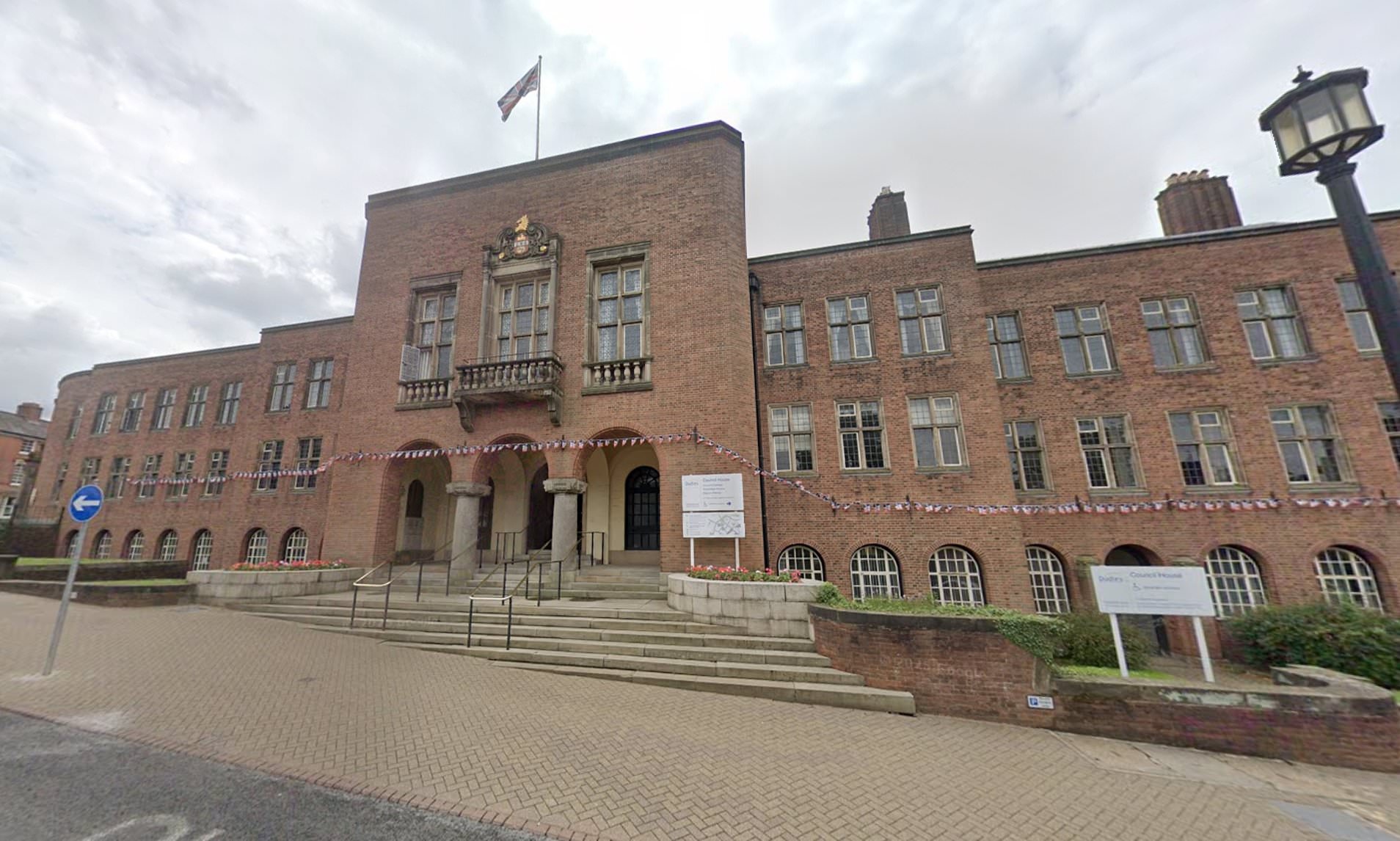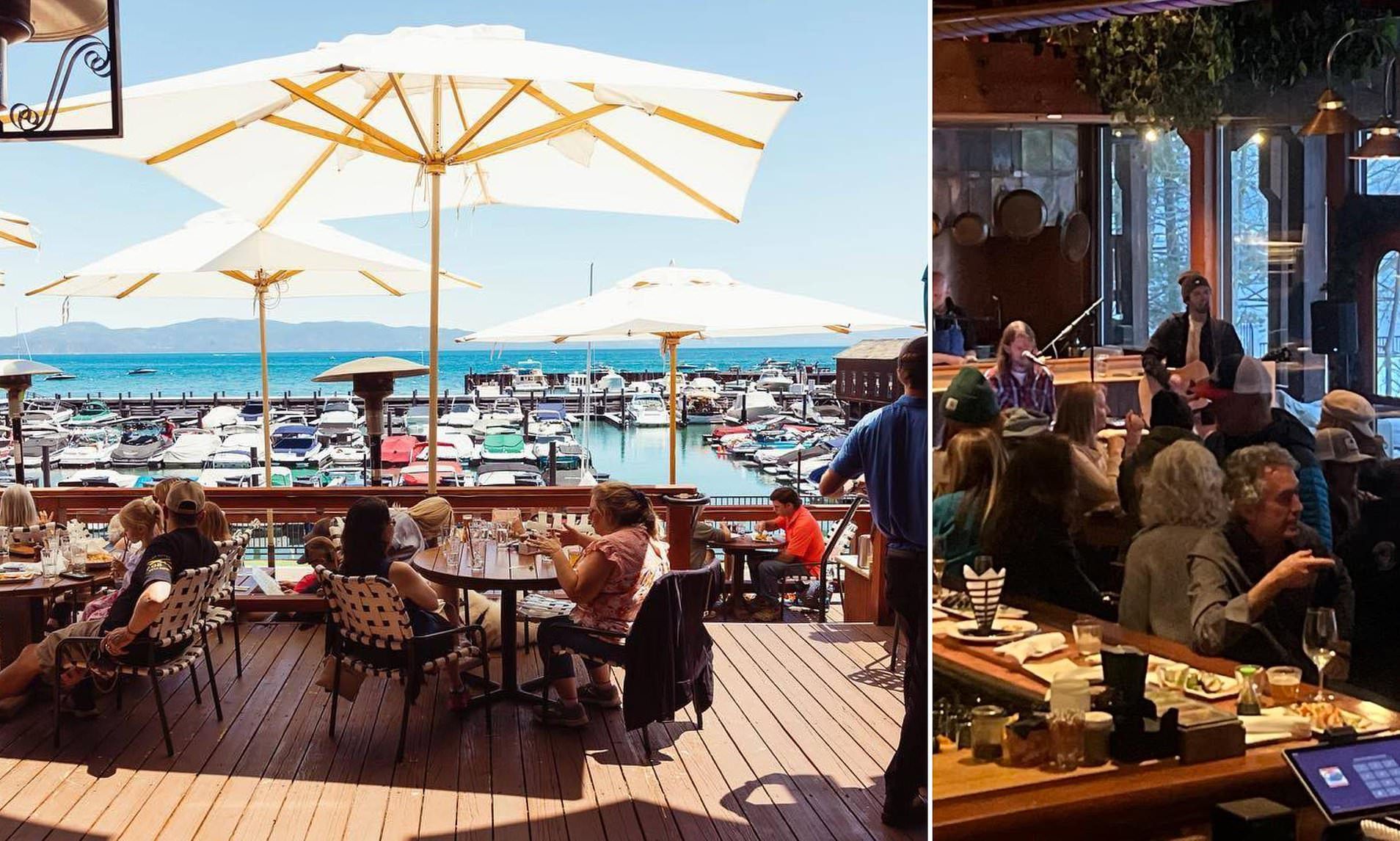A New Era of Peace in Kenya’s North Rift
For decades, the North Rift region of Kenya has been marked by violence, banditry, and inter-communal conflicts. Families were displaced, schools closed, and trade collapsed as militia groups and armed herders fought over land, livestock, and resources. However, recent developments suggest a shift towards lasting peace, driven by community-led initiatives and regional cooperation.
Grassroots Dialogue and Community-Led Reconciliation
Past attempts at peace have often failed due to a lack of local ownership. The Orwa Peace Accord, signed in 2021 by Turkana and Pokot elders, marked a turning point. This agreement emphasized that peace must be built and protected by the communities themselves. Regional leaders have since embraced this approach, with the North Rift Economic Bloc (NOREB) making peace a central part of its development agenda.
In July 2025, NOREB hosted a summit to create a long-term peace and growth roadmap. Last year’s International Day of Peace also highlighted the role of women and youth in dialogues, recognizing that sustainable peace requires their participation.
Disarmament and Security Operations
County security teams are addressing local disputes over grazing land, water points, and stolen cattle—issues that often escalate into broader conflicts. By resolving these at the grassroots level, they aim to prevent larger-scale violence.
Operation Maliza Uhalifu, launched in February 2023, brought together police and military units to target militia hideouts, seize weapons, and recover stolen livestock. While this operation reduced attacks in areas like the Kerio Valley, it differs from previous efforts by combining force with persuasion.
Elders are being deployed as peace ambassadors, encouraging voluntary surrender of arms. Interior Cabinet Secretary Kipchumba Murkomen has offered an amnesty window for illegal firearm holders, warning that those who resist risk being caught in future operations.
Murkomen also addressed arms traffickers, stating, “Your days are numbered. We will not only stop you; we have already started stopping you.”
Hope and Challenges Ahead
The impact of these efforts is visible across the North Rift. In Kerio Valley, children have returned to classrooms after years of closures. Local markets are regaining life as traders from rival communities begin interacting again, slowly restoring trust.
Sport has become an unexpected bridge for reconciliation. In August, a peace tournament brought youth from six counties to compete in football and athletics, offering an avenue for dialogue beyond words.
Infrastructure development is also strengthening cohesion. New roads and bridges improve mobility, while health centres reduce inequalities that once fueled resentment. Better connectivity helps lower the chances of resource-based clashes.
Despite progress, challenges remain. Historical injustices and broken promises by governments have left deep mistrust. Competition over scarce resources like pasture and water continues to fuel tensions. Unemployed youth remain vulnerable to recruitment into militia groups.
The discovery of natural resources in parts of the North Rift adds a political dimension, with fears that ethnic rivalries could be inflamed by competition for future economic benefits. Small arms continue to flow in from neighboring countries, ensuring that even after disarmament drives, guns remain accessible.
A Crossroads for the North Rift
Optimism is growing, as the combination of grassroots ownership, regional cooperation, and a softer approach to disarmament is seen as a blueprint for addressing one of Kenya’s most persistent security issues.
As the guns fall silent and dialogue continues, the North Rift stands at a crossroads. Progress is fragile, but for the first time in years, families are daring to hope that peace will not just be a fleeting truce, but a permanent reality.










